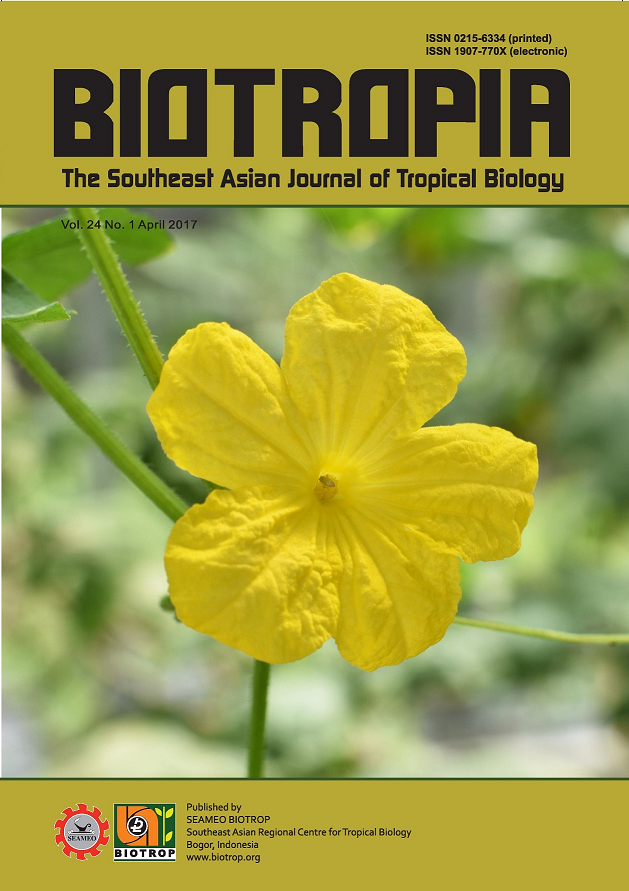
Tags
POLLINATOR DIVERSITY AND FORAGING DYNAMICS ON MONSOON CROP OF CUCURBITS IN A TRADITIONAL LANDSCAPE OF SOUTH INDIAN WEST COAST
Content Language : English

Studies on insect pollinator ecology and dynamics are very rarely carried out in traditional Indian agriculture landscapes. Indiscriminate landscape changes in the rural areas and tendencies towards crop monocultures can have significant effects on pollinator habitats and effectiveness. This study was aimed at observing insect pollinators, their visitation frequencies and timings on monsoon cucurbit crops such as Cucumis sativus L., C. pubescens Willd., Momordica charantia L., Trichonsanthes anguina L. and Luffa acutangula L. (Roxb.), in a coastal Karnataka Village. This study was also aimed at covering the significance of the surrounding landscape elements in sustaining pollinator elements. Bees, such as Apis dorsata, A. cerana and Trigona sp., were major visitors on all cucurbits, except snake gourd which was pollinated mainly by lepidopterans. Insect species were found to partition floral resources of any given crops between them by minimal overlapping in their visitation timings. Natural elements of the landscape around, mainly a village forest and rocky savanna furnished habitats for bees and lepidopterans. Prolifically blooming monsoon herbs on lateritic plateaus, by providing nectar resources for pollinators, presumably play key role in making the case study village well known for monsoon vegetables.
Link

This work is licensed under a Creative Commons Attribution-NonCommercial-NoDerivatives 4.0 International License.
